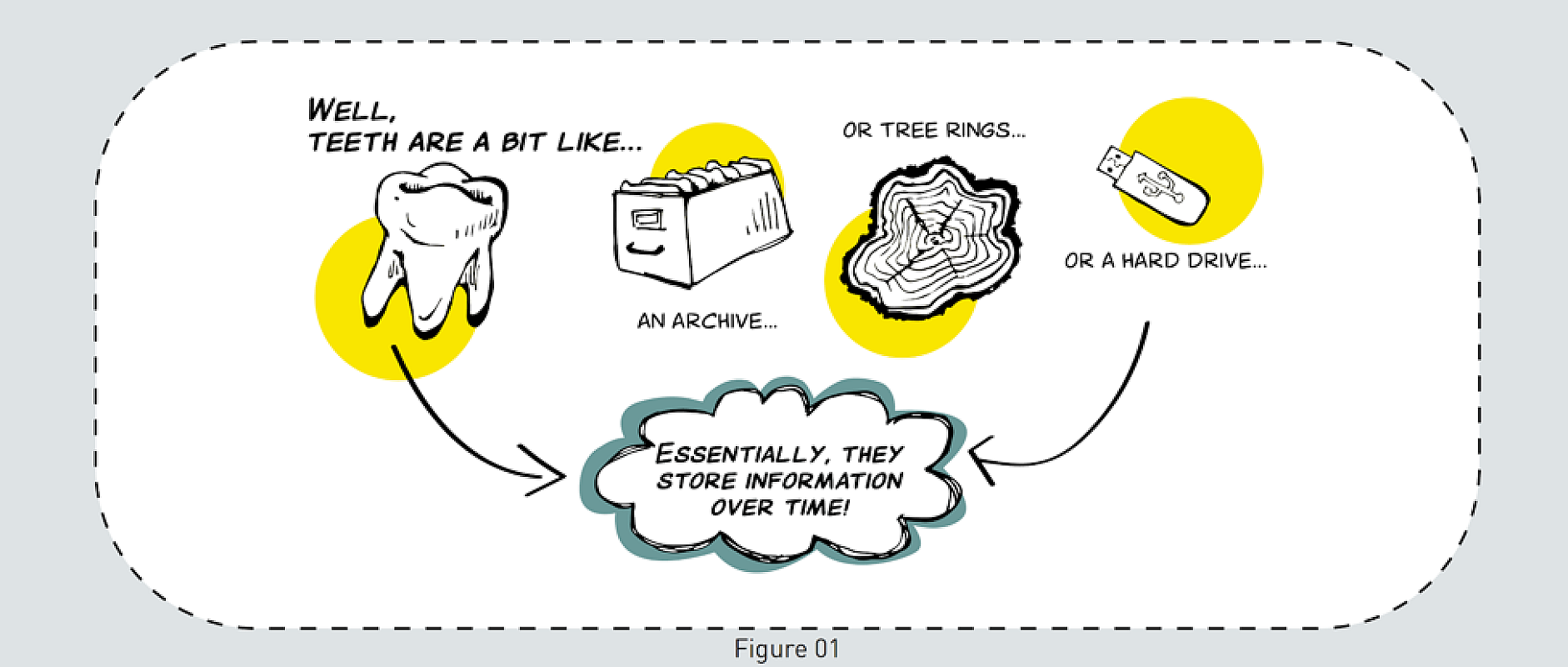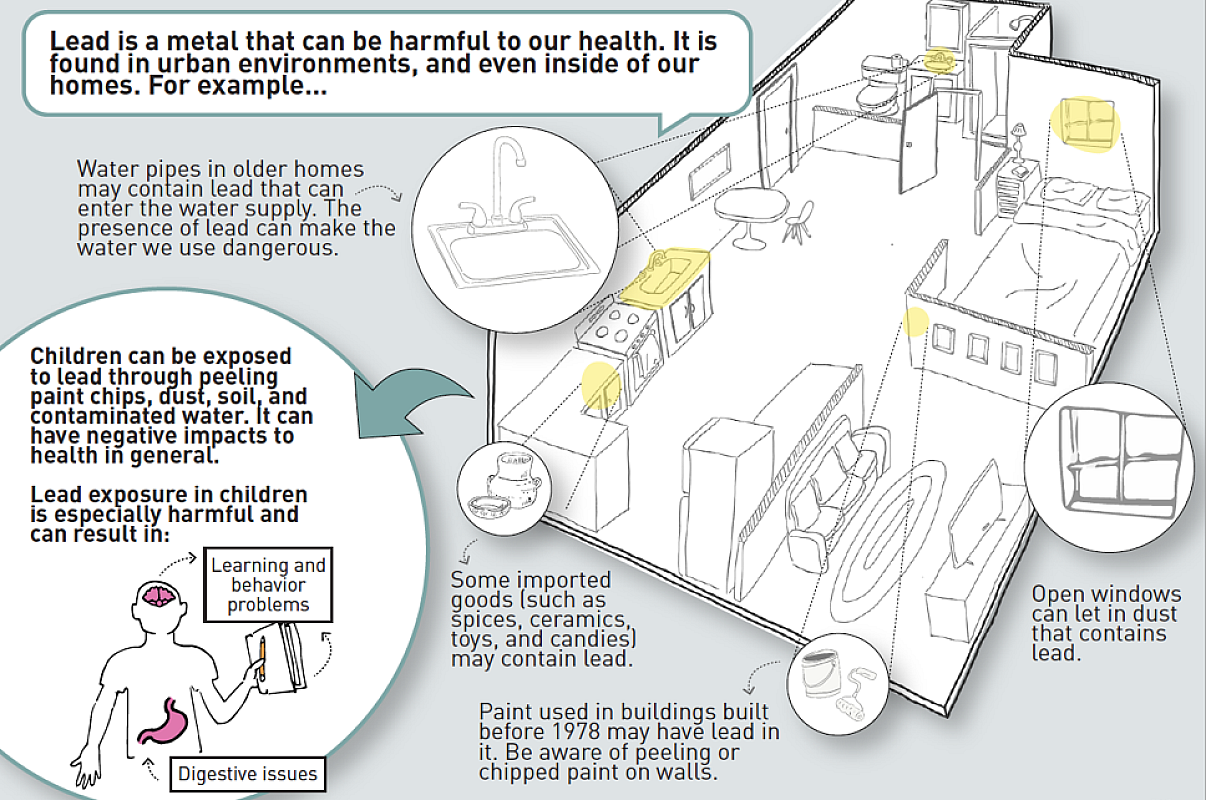Healthy Communities:
Exposomic Research Toolkit: Addressing Lead in Homes
January 2020 - December 2021
Community participants in scientific research studies may be unfamiliar with the scientific and clinical materials. In this study, HML designers collaborate with medical researchers to report back individual results effectively and accurately to research participants to explain lead-level testing results.

The Mount Sinai Institute of Exposomic Research is developing a range of new techniques to measure environmental toxic exposure and their effects on human health. In the past it has been very complicated to identify the toxic impact of chemicals on people—testing would happen over multiple years and it would be difficult to make timely medical interventions or conduct environmental remediation.
Now, not only can the causes of diseases be identified more quickly but it is also possible for doctors to respond to and maintain human health over time. Today it is also possible to make environmental interventions to remediate or remove toxic sources. Exposure to environmental toxics like lead is often disproportionally higher in neighborhoods with a history of racist housing policies such as redlining, and in areas where public and affordable housing is underfunded and undermaintained. Addressing and redressing the source of environmental pollutants is a way to achieve both environmental and racial justice.

HML collaborated with the Mount Sinai team to create a tool kit of simple communications materials that will be shared with research participants in a tooth biomonitoring research project that identifies the level of lead exposure in children by analyzing shed baby teeth. A drawing explains where lead may be found in the home, a fridge magnet provides a checklist of action items to identify and reduce lead exposure in the home, and a grocery list makes suggestions for food items and recipes that can possibly reduce the impact of lead exposure in our bodies.

Assemblage of assets that provide a context for participants to understand the lead results bilingual materials and address the needs of the participants in English

Assemblage of assets customized for different cohort groups eg Mexico that provide a context for participants to understand the lead results bilingual materials and address the needs of the participants.
The team has also created an easy-to-read digital handbook for families with more detailed information about lead. The handbook includes possible questions to ask doctors and landlords to enable community members to advocate for their own health and the health of their children. Lastly, the team is working on a visual meter with researcher Chad Milando, Boston University, that will translate the raw lead exposure data results to families and help families understand what lead levels mean relative to other results. Chad is automating the research results so that each family can receive their child’s individual results.
All the assets were created in both Spanish and English by HML Research Assistants, Daniela Castillo and Nada Salem, and will soon be tested in focus groups before they are shared with families involved in the Tooth Biomonitoring study.
In the summer and fall 2021, the Report Back package was reviewed and edited by doctors from the Mexico City PROGRESS cohort facilitated by Dr. Robert Wright, Director of The Mount Sinai Institute for Exposomic Research. Ongoing, there is a national and international interest in the opportunities offered by this project as researchers understand the benefit of creating clear, actionable information to share with research participants.
Join Our Academic Network
Get Access to our carefully researched and curated academic resources, including model syllabi and webinars. An email from an academic institution or a .edu email address is required. If your academic institution does not use .edu email addresses but you would like to join the network, please contact healthymaterialslab@newschool.edu.
Already have an account? Log in